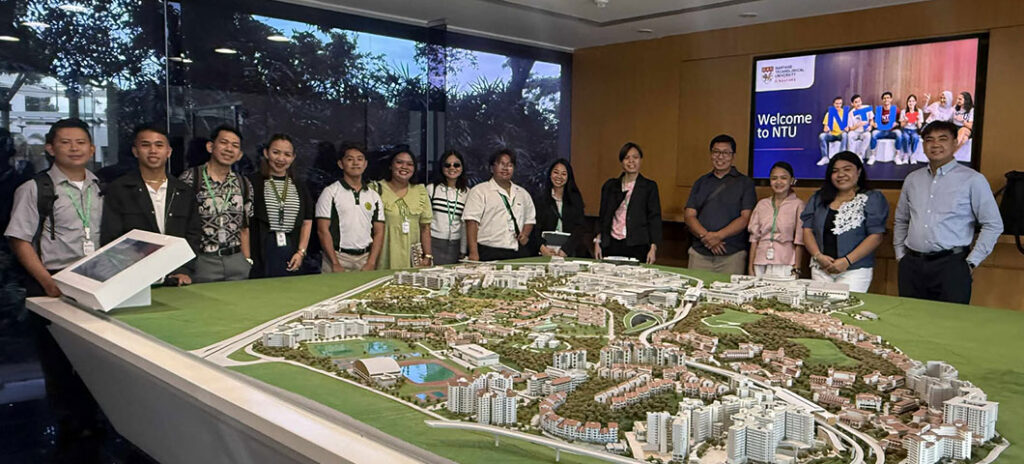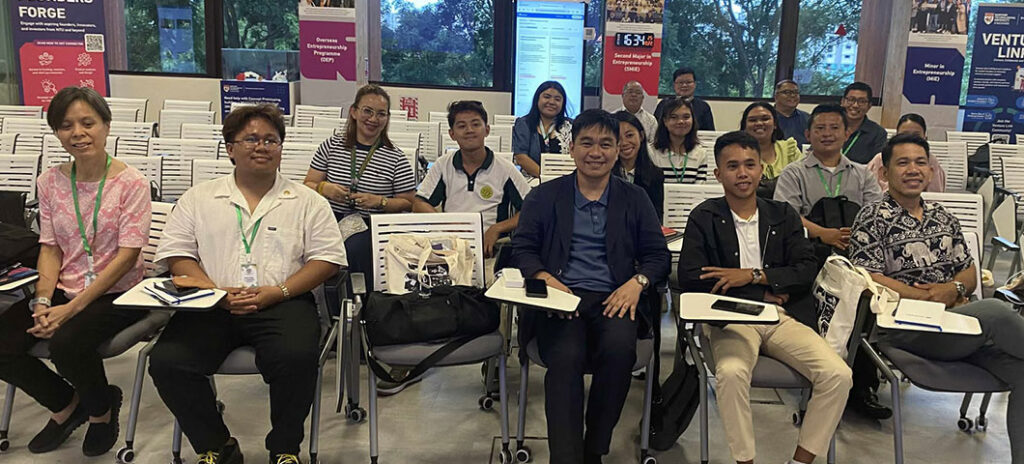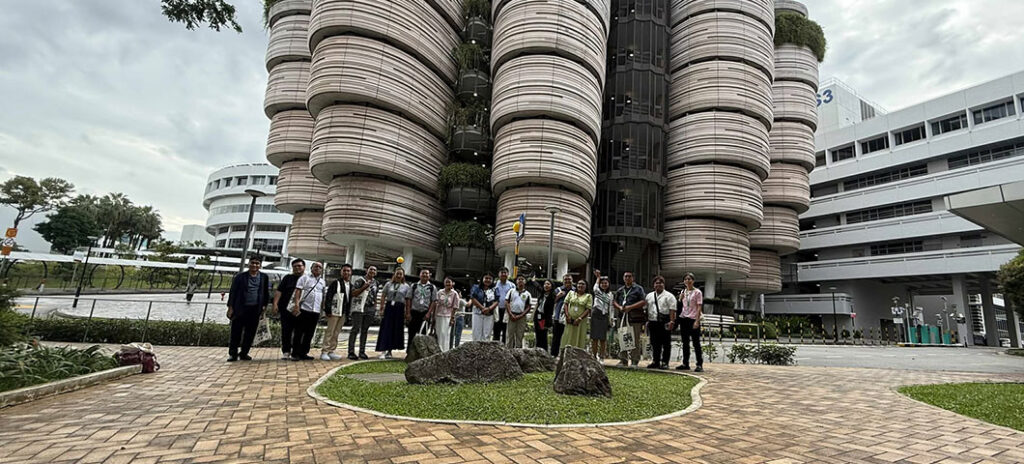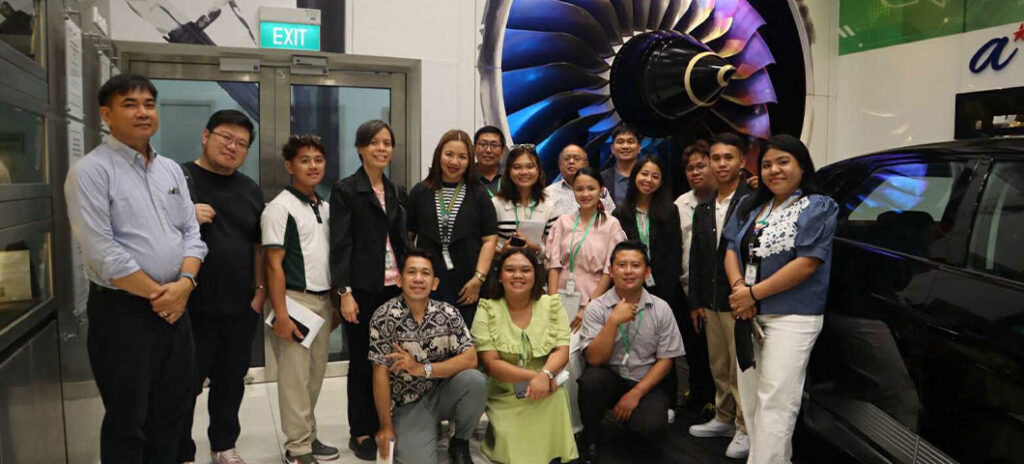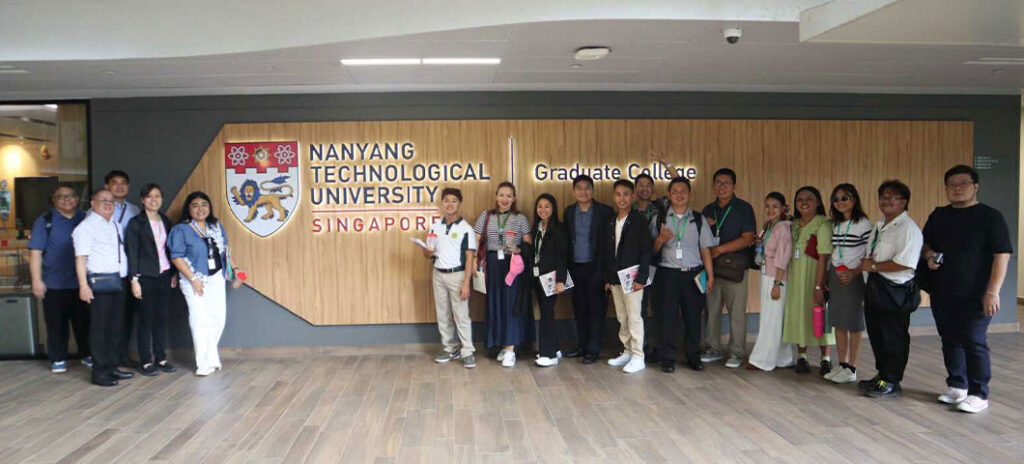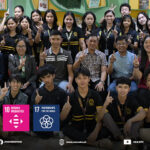
USM Students Take Part in Peace Caravan, Book Launching
October 27, 2025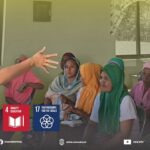
USM-CBDEM Faculty Empowers Kabacan Moro Women in Marketing and Organizational Management
October 28, 2025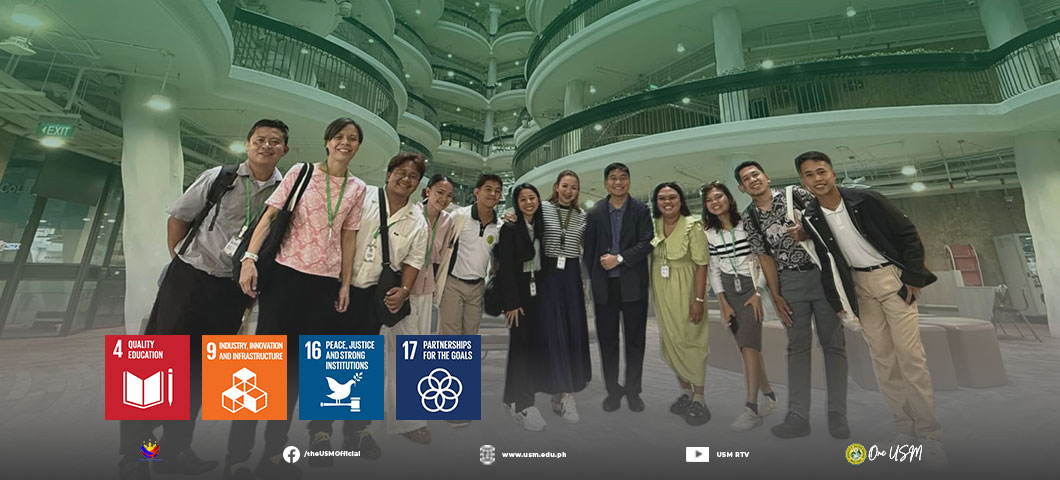
Delegates from the University of Southern Mindanao (USM) conducted a comprehensive educational visit to the Nanyang Technological University (NTU) in Singapore on October 22, 2025. This visit was the third day of the Educational Visit and Cultural Innovation Immersion Program, an initiative under the leadership of Governor Emmylou “Lala” J. Taliño-Mendoza and Vice Governor Rochella Marie “Ella” Taliño Taray of the Provincial Government of Cotabato.
The 3rd day was designed to familiarize the USM team and other innovators with global best practices in technological innovation, advanced research systems, and sustainable campus operations at the globally recognized powerhouse for engineering, AI, data science, and sustainability.
The tour was led by BluC 53’s Chief Thinking Officer, Dr. Michael L. Abundo. The first stop was the NTU Administration Building, which features a fully 3D-printed map of the campus. Dr. Abundo explained that NTU’s newer buildings were intentionally designed to serve as test beds for innovation. For instance, the campus infrastructure doubles as a site for testing new building materials, while many spaces are purposefully built to support experiments. The buildings also reflect NTU’s commitment to sustainability, featuring tempered glass that delays heat entry and wall gaps that promote natural ventilation. Even the campus food hall—operated by students and open to alumni investors—embodies this spirit of innovation. Every corner of the NTU campus reflects a commitment to creativity, sustainability, and forward thinking.
Included in the tour was NTU’s Green Mark Platinum Building, a structure that achieves Singapore’s highest environmental performance rating by operating at zero net energy, generating all its required power. The delegation also visited the Earth Observatory of Singapore (EOS), an institute dedicated to studying global catastrophes like tsunamis and climate change, which served as a lesson in global scientific responsibility despite Singapore’s relative safety from natural disasters. The campus’s operational efficiency was highlighted by the use of QR code kiosks throughout the grounds to actively gather user feedback, confirming a commitment to systems that serve the students.
Inside the research centers, the USM team was given a glimpse into advanced technologies. They viewed cutting-edge robotics, including a fully autonomous, remotely controlled robot-motorboat, and toured facilities with advanced 3D printers used for constructing and modeling new materials. At the Air Traffic Management Research Institute (ATMRI), the focus was on safeguarding regional skies, where the aerospace lab utilizes AI and data analytics to develop high-tech turbines and equipment for safe and efficient air travel. The modern learning environment was showcased in the SMART Classrooms, which feature flexible layouts with movable furniture and tables connected to screens, reflecting NTU’s dedication to a technology-driven educational approach.
The team also witnessed NTU’s strong focus on innovation through visits to several key facilities. At the NTUpreneur Academy, they explored programs that foster entrepreneurship and showcase university innovations updated every quarter. They also visited the Innovation Port, described as a “one-stop hub dedicated to all things innovation, entrepreneurship, and enterprise.” Finally, at the Mechanical and Aerospace Engineering Laboratory, they observed the development of sustainably powered vehicles built entirely from scratch.
The afternoon session concluded with an insightful lecture by Engr. Michael Abundo, who offered key lessons on leadership and policy. Engr. Abundo encouraged the visitors to move beyond a fixed mindset toward growth and flexibility, stressing that systems should always serve people, and the populace must have the power to change a system if it fails to work. He also presented a compelling perspective on workplace conflict, explaining that disagreement, or “locking horns,” can be productive in a healthy work environment when all parties are ultimately aligned toward the same organizational goal. The interaction provided a powerful method for strengthening purpose and collaboration.
The visit to NTU’s innovation hubs showed that progress thrives where technology, entrepreneurship, and sustainability intersect. It gives the USM delegation valuable insights to strengthen their own efforts in advancing science, technology, and governance.
Contributed by: Max Dave Agudos
